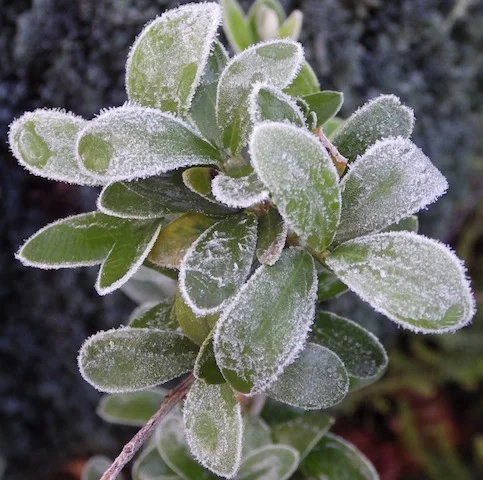Jack Frost has visited around my way quite a few mornings already this winter. We're obviously in better favour than last winter, when he only paid his respects once or twice. Frost patterns and the ethereal glow of light reflected off of frost can be a joy to photograph, but also a little tricky. The oodles of light that it bounces around the atmosphere can make you squint and fool your camera's light meter. Thankfully, it isn't too difficult to correct for it. If you're accustomed to photographing snow, it's similar. Light meters probably aren't as sophisticated as you think they are. As far as a light meter is concerned whatever you point it at should be middle grey in tone. Any other tones that are either side of what it perceives as middle grey in a scene will be rendered accordingly. Seeing as middle grey is halfway between pure white and total black, it's a safe bet that the light meter will get it right. The billions of accurately exposed images produced under this method are testimony to the system's efficacy. But it isn't perfect.
Problems arise when you present a light meter with a scene that is uniformly much brighter—for example frost- or snow-covered ones—or overall much darker than middle grey. As far as the meter is concerned, nothing can or should be that light or that dark—the scene should be middle grey—so it renders it accordingly. If you place your trust in your camera's meter, your frosty or snowy scenes will come out reliably under-exposed. This results in murky grey frost and snow, rather than bright white water crystals.
The answer? Exposure compensation. Or deliberately over-exposing your images. When it comes to frost, you might find that you need to over-expose your images by between a half and one-and-half stops. If you're in doubt, take a look at your camera's histogram for guidance. After that, it's all frosty fun!




